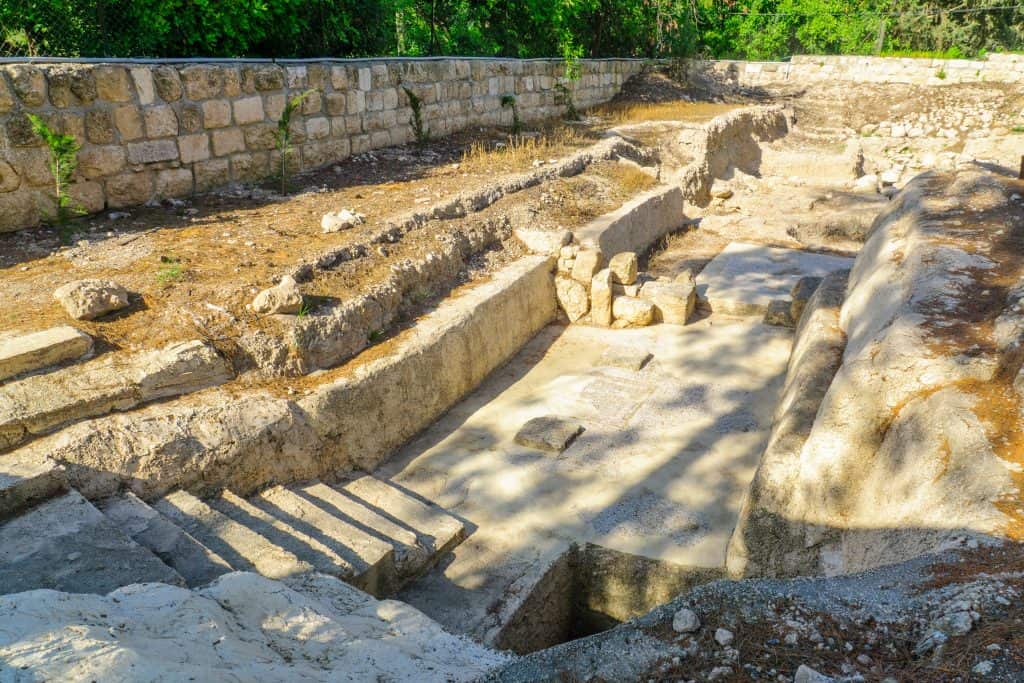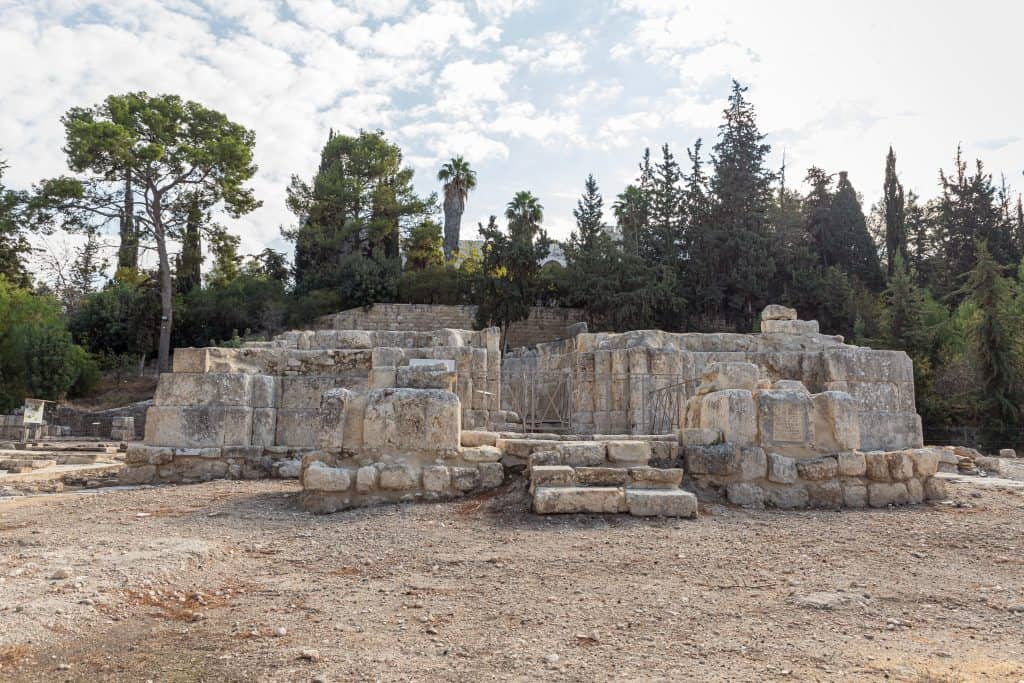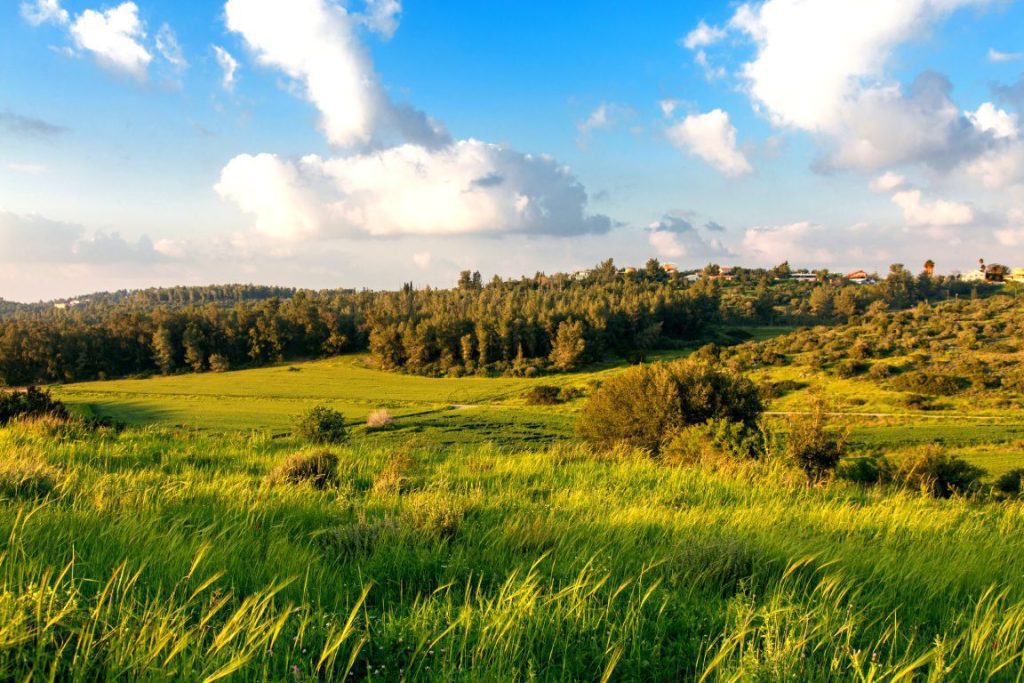In the heart of ancient Palestine lies a place that resonates with profound spiritual significance—Emmaus Nicopolis. Furthermore, this hidden gem of history holds a rich tapestry of stories that have shaped Christianity’s essence. So join us on an enchanting voyage as we delve into Emmaus Nicopolis’s importance and uncover its spiritual treasures.
Top 10 Christian Sites in Israel

A Journey to the Past
Imagine walking the paths where disciples once trod, their hearts heavy with the events of the crucifixion and the mystery of the resurrection. Emmaus Nicopolis is believed to be the site where, after Jesus’ resurrection, two disciples encountered the risen Christ in a life-changing encounter. This encounter transformed their doubt into unwavering faith, and breaking bread in recognition of Christ became an enduring symbol of communion.
“As they talked and discussed these things with each other, Jesus himself came up and walked along with them; but they were kept from recognizing him.”
Luke 24:15
Emmaus Nicopolis – Unveiling Ancient Ruins
So, as you step into the archaeological wonderland of Emmaus Nicopolis, the remnants of the past come alive. Furthermore, the majestic ruins, including a grand basilica, Roman baths, and mosaic floors, whisper tales of a bygone era. These stones hold stories of devotion, resilience, and the unbreakable bond between humanity and the divine.
Road to Emmaus Appearance
A Nexus of Faith and History
Emmaus Nicopolis isn’t just a physical place; it’s a space where faith and history merge. The echoes of Christ’s words, the warmth of shared meals, and the transformative power of resurrection converge here. It’s a place where you can touch the threads of time, connecting with the very essence of Christianity.

Inspiration Amidst Serenity
Surrounded by lush landscapes and the quiet embrace of nature, Emmaus Nicopolis provides a serene sanctuary for contemplation and reflection. The tranquility of the surroundings enhances the spiritual experience, allowing you to ponder the profound mysteries of faith while basking in the beauty of creation.
Embracing Spiritual Discovery
Whether you’re a devout Christian seeking to deepen your connection to the roots of your faith or a curious traveler eager to explore the layers of history, Emmaus Nicopolis offers an extraordinary opportunity. It’s a pilgrimage of the heart, an expedition of the soul, and an invitation to discover the enduring relevance of Christ’s teachings in the modern world.
Ayalon Valley Tour

Embrace the Essence of Emmaus Nicopolis
Last, as you traverse the sacred grounds of Emmaus Nicopolis, you’re walking alongside the footprints of disciples, experiencing the same transformative encounters that shaped their lives. Ultimately, it’s a journey that bridges the gap between the past and the present, inspiring faith, igniting wonder, and reminding us that the divine is intricately woven into our existence.
Jerusalem Ultimate Guide

Step into the Story
So Emmaus Nicopolis isn’t just an archaeological site; it’s a living testament to the enduring power of faith and the timeless impact of Christ’s presence. So let the winds of history guide you, let the echoes of the past envelop you, and let the significance of this sacred place stir your heart.







